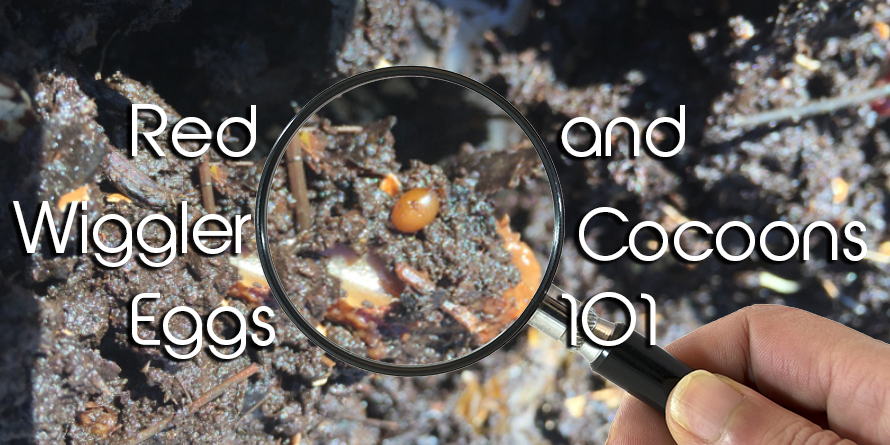Open the Tricks of Red Wigglers: Your Guide to Composting Success
The combination of red wigglers right into composting practices offers a substantial opportunity for boosting soil wellness and advertising sustainability. Understanding their needs and actions is important for maximizing their potential, from establishing up an appropriate worm container to feeding them the ideal materials.

What Are Red Wigglers?
(Red Wiggler Express)Red wigglers, clinically called Eisenia fetida, are a species of earthworm mainly utilized in composting because of their amazing capability to disintegrate organic matter efficiently. These worms are defined by their reddish-brown pigmentation and a fractional body, typically determining in between 3 to 4 inches in length. Unlike various other earthworm species, red wigglers prosper in abundant, natural settings, making them suitable for vermicomposting systems.
Native to North America, they are often discovered in rotting leaves and garden compost piles, where they play a vital function in nutrient recycling. Their adaptation to residing in a moist, cardio setting allows them to eat huge amounts of natural waste, simplifying into nutrient-rich castings that boost soil wellness.
Red wigglers duplicate rapidly, with a single worm qualified of generating numerous cocoons every week, each having numerous hatchlings. This rapid recreation price adds to their efficiency in composting operations. They choose temperatures in between 60 ° F and 80 ° F, and their activity degree enhances considerably within this range, more aiding in the decay procedure. Comprehending the biology and behavior of red wigglers is crucial for maximizing their capacity in composting applications.
Benefits of Utilizing Red Wigglers
Utilizing the power of red wigglers in composting uses numerous advantages that boost soil health and advertise sustainable waste monitoring. These impressive microorganisms efficiently damage down organic matter, transforming cooking area scraps and yard waste right into nutrient-rich vermicompost. This completed product is exceptionally beneficial for plant development, as it boosts soil framework, boosts wetness retention, and enhances nutrient schedule.

(Lake Hickory Bait)In addition, the existence of red wigglers in your composting system can speed up the composting process, producing high-quality garden compost in a fraction of the moment contrasted to typical methods. The castings generated by these worms are also bristling with beneficial microbes that better improve the soil community.
Setting Up Your Worm Container
Developing an efficient worm container is an uncomplicated process that can considerably improve your composting initiatives. Worm bins can be made from plastic storage containers, wooden boxes, or commercially offered worm bins.
Following, prepare the bed linens material, which serves as the worms' environment. A mix of shredded paper, cardboard, and coconut coir works well, supplying a comfy atmosphere for the worms.

Feeding Your Red Wigglers
To make sure the health and wellness and performance of your red wigglers, it is necessary to provide them with a balanced diet that meets their nutritional needs. Red wigglers prosper on a varied range of natural materials, which not just provide required nutrients however likewise promote efficient composting.
Start by incorporating kitchen area scraps such as veggie peels, fruit cores, and coffee premises. Prevent citrus fruits, onions, and garlic, as these can be detrimental to worm wellness. In addition, present shredded paper, cardboard, and completely dry leaves to develop a well-aerated environment.
Feeding regularity ought to be checked; normally, worms can consume half their body weight in food weekly. It is crucial to stay clear of overfeeding, as excess food can cause undesirable smells and draw in parasites. A great method is to add food in tiny amounts, permitting worms to process it before presenting extra.
Maintaining wetness degrees is also important; the bed linen must be damp yet not soggy. Be sure to consistently check the temperature level and pH degrees of the container to guarantee an optimum atmosphere for your red wigglers, inevitably improving their composting performance.
Harvesting and Using Compost
A successful composting process with red wigglers finishes in the abundant, dark compost referred to as vermicompost, which can significantly improve dirt health and plant development. Harvesting this nutrient-dense product usually occurs every three to 6 months, depending on the size of your system and the quantity of raw material being refined.
To gather, delicately different the garden compost from the worms and any type of undecomposed materials. One reliable technique includes moving the contents of the bin to one side and adding fresh bed linen and food to the vacant room, encouraging the worms to move. After a couple of days, the garden compost can be accumulated from the opposite side.
It is crucial to use vermicompost appropriately to maximize its benefits. By incorporating vermicompost into your horticulture routine, you not just reuse organic waste additional info but additionally create a successful ecological community that supports lasting gardening practices.
Conclusion
In recap, red wigglers serve as outstanding allies in composting efforts, transforming natural waste right into nutrient-rich vermicompost (Red Wiggler Express). Their unique biological qualities and efficient waste handling abilities contribute significantly to sustainable gardening methods. By recognizing the optimum conditions for their habitat, feeding demands, and compost harvesting strategies, gardeners can boost dirt health and wellness and promote plant vitality. Welcoming vermicomposting not just reduces land fill waste yet also cultivates a much more ecologically accountable strategy to horticulture and resource management.